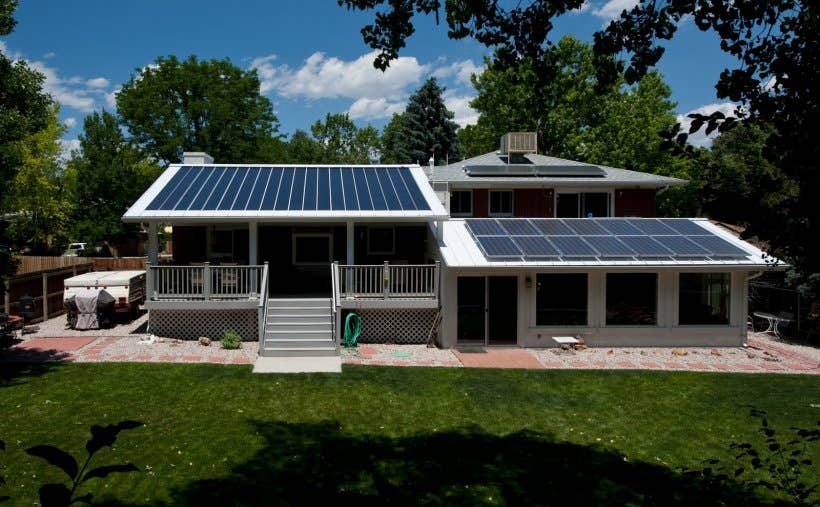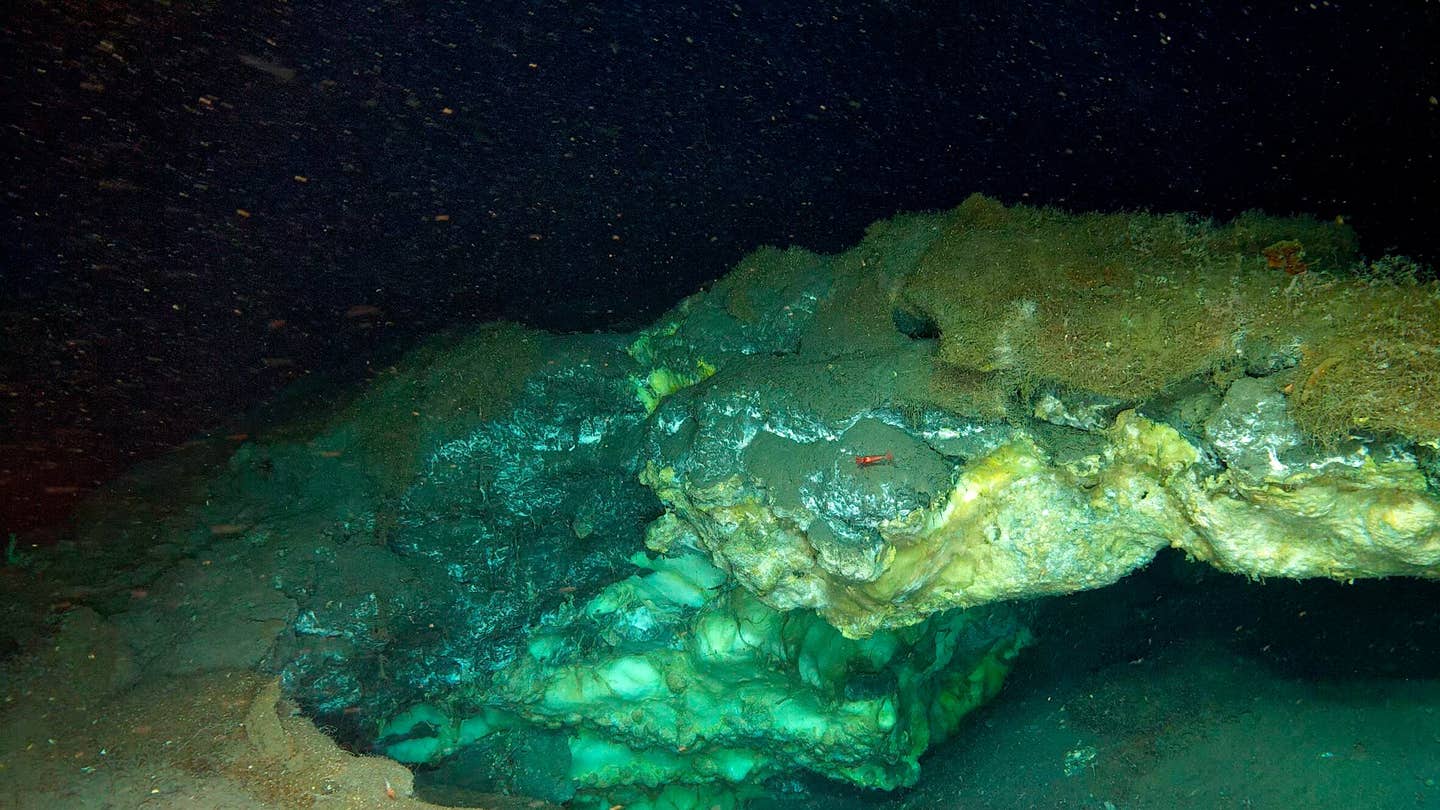Cement-based supercapacitor can power your house all day long
A novel, low-cost energy storage system derived from two of humanity’s most common historical materials: cement and carbon black

In an era where the call for sustainable energy solutions is more urgent than ever, researchers at the Massachusetts Institute of Technology (MIT) have unveiled a groundbreaking study that may well revolutionize how we store energy. Their discovery? A novel, low-cost energy storage system derived from two of humanity's most common historical materials: cement and carbon black—a substance akin to ultra-fine charcoal.
Published this week in the journal PNAS, the research reveals how these rudimentary materials can be merged with water to forge a supercapacitor, a high-capacity alternative to traditional batteries. This innovation is set to bolster the stability of energy networks reliant on renewable sources like solar, wind, and tidal power, which are known for their supply fluctuations.
The visionary minds behind this discovery, MIT professors Franz-Josef Ulm, Admir Masic, Yang-Shao Horn, and their colleagues at the Wyss Institute for Biologically Inspired Engineering, have demonstrated that this simple yet effective technology could be integrated into concrete foundations of structures or roadways, storing substantial energy without compromising structural integrity or inflating costs.
Supercapacitors, unlike ordinary capacitors, boast a remarkable ability to store exceptionally large electric charges. This capability hinges largely on the total surface area of the conductive plates within them. The researchers have unlocked this potential by developing a cement-based concoction exhibiting an immense internal surface area.
This was achieved by embedding carbon black, known for its superior conductivity, into a mixture of concrete and water. As this blend cures, water reacts with cement, forming a complex network of spaces occupied by the carbon, resulting in wire-like, highly conductive structures within the solidified cement.
"The material is fascinating," asserts Masic, "because you have the most-used manmade material in the world, cement, combined with carbon black, a well-known historical material — the Dead Sea Scrolls were written with it. You have these at least two-millennia-old materials that when combined in a specific manner, you come up with a conductive nanocomposite, and that’s when things get really interesting."
Related Stories:
As the mixture sets and cures, the water is consumed through cement hydration reactions, and this hydration fundamentally affects nanoparticles of carbon because they are hydrophobic (water repelling), Masic explains. The evolution of the mixture leads to the self-assembly of carbon black into a connected conductive wire, a process that's not only reproducible but also utilizes materials that are inexpensive and globally accessible. Remarkably, the amount of carbon required is minimal—merely about 3 percent by volume of the mix—to achieve a percolated carbon network.
One of the most compelling aspects of this innovation is its potential to significantly aid the global shift to renewable energy. As Ulm points out, "There is a huge need for big energy storage," since principal emissions-free energy sources—wind, solar, and tidal power—yield variable outputs, often misaligned with peak electricity usage times.
The current reliance on costly batteries that use materials like lithium, which are in limited supply, necessitates cheaper, more accessible alternatives. "That’s where our technology is extremely promising, because cement is ubiquitous," Ulm affirms.
The team's calculations suggest that a 45 cubic meter block of this specialized concrete could store approximately 10 kilowatt-hours of energy, equating to the average daily electricity consumption for a household. This means a house with a foundation composed of this material could feasibly store a day's worth of energy generated by solar panels or wind turbines, delivering power as required. Moreover, these supercapacitors can be charged and discharged much more rapidly than conventional batteries.
Following extensive tests to ascertain the optimal ratios of cement, carbon black, and water, the researchers embarked on a practical demonstration by crafting small supercapacitors, roughly the size of button-cell batteries.
These devices, each capable of being charged to 1 volt, were linked to power a 3-volt light-emitting diode (LED), effectively proving the concept's viability. The team now aims to escalate their efforts, progressing from units comparable to a standard 12-volt car battery to a 45-cubic-meter version capable of storing a household’s worth of power.
However, the researchers identified a tradeoff between the storage capacity of the material and its structural strength. Increased carbon black concentration enhances energy storage but slightly weakens the concrete, a compromise that could be acceptable in applications where full structural strength isn't crucial. For structural elements, like building foundations or wind turbine bases, an optimal balance is struck at around 10 percent carbon black content.
The potential applications of carbon-cement supercapacitors extend to the construction of concrete roadways that could store energy from adjacent solar panels, subsequently transferring this energy wirelessly to electric vehicles traversing these roads.
This concept mirrors the technology utilized in wirelessly rechargeable phones and aligns with systems currently under development in Germany and the Netherlands, though those rely on standard batteries for storage.
Ulm highlights the scalability of this system, emphasizing that the energy-storage capacity directly correlates with the volume of the electrodes. Adjustments to the mixture can tune the system for various applications, whether for rapid vehicle charging or slower home power storage.
"So, it’s really a multifunctional material," he adds, noting that beyond energy storage, the same concrete blend could serve as a heating system when electricity is applied.
With this innovation, Ulm envisions "a new way of looking toward the future of concrete as part of the energy transition," potentially redefining sustainable energy storage and usage worldwide. The confluence of ancient materials and cutting-edge technology marks a significant stride toward a greener, more energy-efficient future.
For more science news stories check out our New Innovations section at The Brighter Side of News.
Note: Materials provided above by The Brighter Side of News. Content may be edited for style and length.
Like these kind of feel good stories? Get the Brighter Side of News' newsletter.



